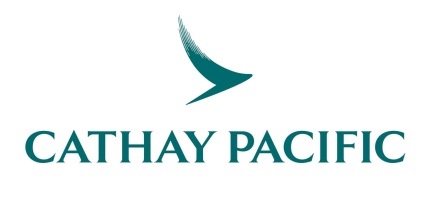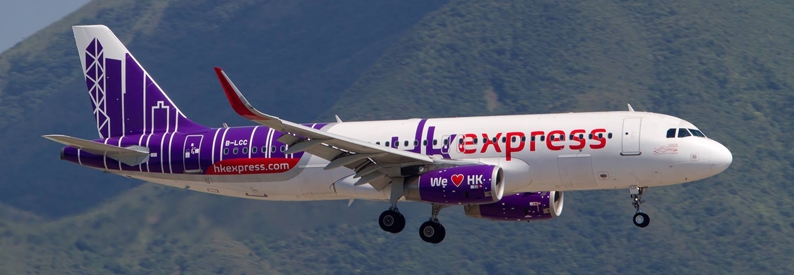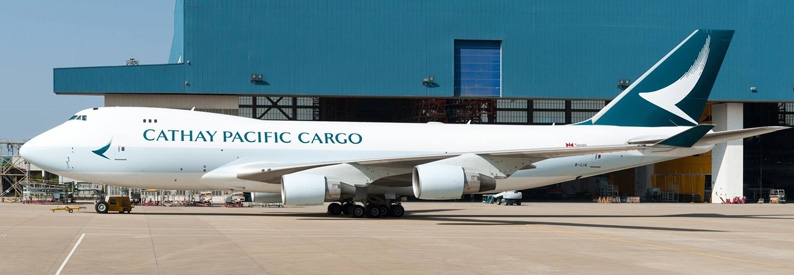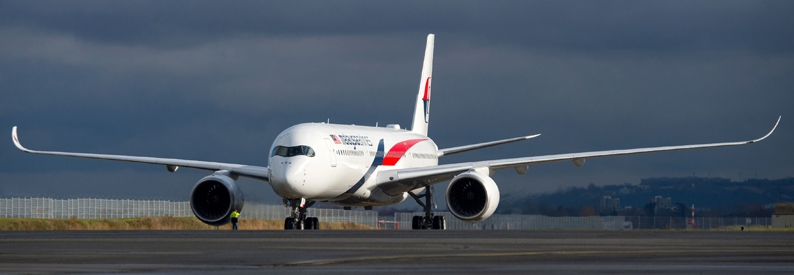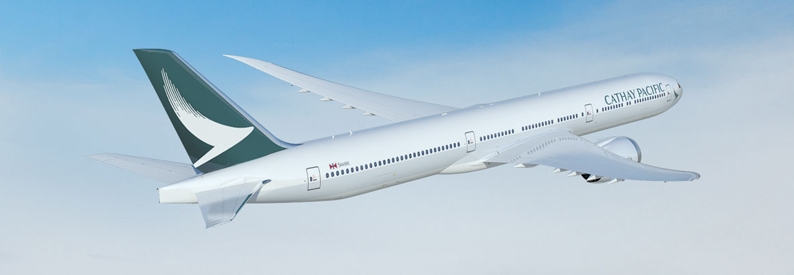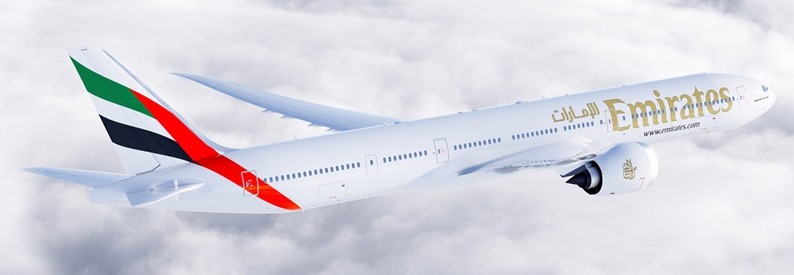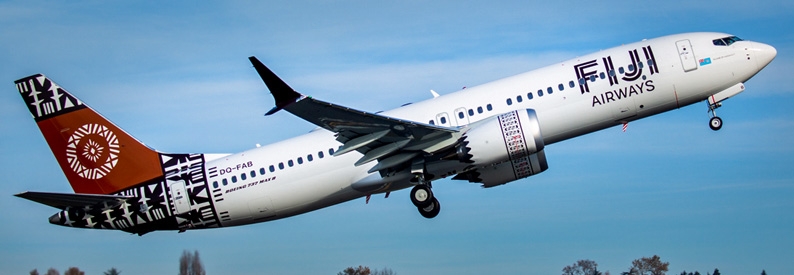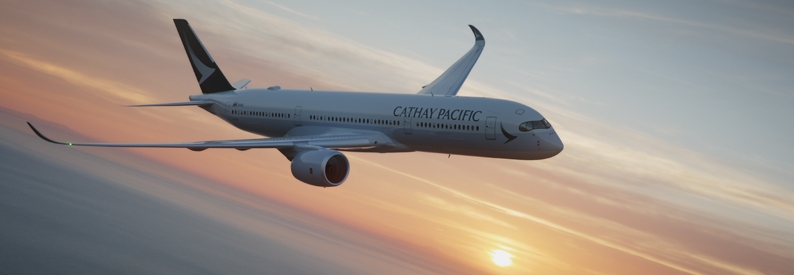Cathay Pacific (CX, Hong Kong International) has announced it will cut 5,900 jobs and halt operations at its full-service regional subsidiary Cathay Dragon (Hong Kong International) with immediate effect. Overall, 8,500 positions will be eliminated, 24% of its normal headcount, including 2,600 roles unfilled due to a covid-era hiring freeze, the company outlined in a stock exchange filing on October 21.
Hong Kong International-based pilots and cabin crew will also be asked to agree to changes in conditions in their contracts “to match remuneration more closely to productivity and to enhance market competitiveness,” the carrier said.
The restructuring will cost around HKD2.2 billion Hong Kong dollars (USD284 million), it added. The airline is bleeding HKD1.5-2 billion (USD194-258 million) in cash per month, it said, and the restructuring is designed to reduce this by HKD500 million (USD64.5 million) a month in 2021.
Other cash preservation measures include the suspension of non-essential spending, the deferral of aircraft deliveries, and executive pay cuts. Even under the most optimistic scenario, Cathay expects to operate in 2021 at “well under 50% of the passenger capacity it operated in 2019” including being “well below 25% capacity in the first half of 2021.”
Cathay, which has stored around 40% of its fleet outside Hong Kong, presented no further information as to its fleet and route network adjustment plans.
However, in a conference call on October 21, Cathay Pacific chairman Patrick Healy said that the flag carrier had postponed delivery of its B777-9 fleet beyond 2025. It has 21 of them on order, the first of which are due from 2022 onwards.
He also clarified that the Cathay Dragon fleet, including A321-200NXs it has on order, will be incorporated into the Cathay Pacific fleet. Cathay Dragon had planned to add two of the type by the end of 2020, four in 2021, and ten in 2022 and beyond. Another sixteen A321neo, though ordered by Cathay Dragon, will be operated by recently acquired low-cost subsidiary HK Express (UO, Hong Kong International) with deliveries due from 2022 and beyond.
Reports emerged in early May that Cathay Pacific was considering merging Cathay Dragon into its mainline operation or HK Express in an effort to reduce staff headcount and fleet size, or dissolve it altogether. The decision to do the latter tallies with SilkAir (SLK, Singapore Changi) merging with parent company Singapore Airlines as part of a groupwide restructuring of Singapore Airlines Group, a process scheduled for completion by 2022. Like Singapore Airlines, Cathay lacks a domestic market to cushion it from the drop in international travel.
Cathay Dragon currently operates a fleet of thirteen A320-200s, eight A321-200s, and twenty-five A330-300s, the ch-aviation fleets module shows. All of these are currently inactive except for five of the A330s, which it had been deploying on cargo-only routes from Hong Kong to cities in mainland China, Vietnam, Malaysia, and Japan.
Cathay Pacific said it would seek regulatory approval for the majority of Cathay Dragon’s routes to be folded into the mainline or HK Express networks. Cathay Dragon, formerly Dragonair (Hong Kong International), deploys the vast majority of its capacity to China alongside Japan, Viet Nam, and Japan.
Cathay Dragon’s closure will result in a temporary cessation of cargo carriage to Fukuoka, Fuzhou, Guangzhou, and Kuala Lumpur International, Cathay Pacific told cargo customers in a memo seen by Reuters news agency, while dedicated freighters will continue service to Chengdu Shuangliu, Hanoi Noi Bai International, and Xiamen.
“The global pandemic continues to have a devastating impact on aviation, and the hard truth is we must fundamentally restructure the group to survive,” Cathay chief executive Augustus Tang said in a statement on October 21. “Since the onset of the global pandemic our passenger revenues have shrunk to only 2-3% of pre-crisis levels.”
The liquidity crisis brought on by this sudden collapse in revenues led to an HKD39 billion (USD5 billion) recapitalisation of the company, announced on June 9.
In related news, Cathay Pacific has decided to convert a B777-300(ER) passenger aircraft and partner with Unique Logistics to fly from Ho Chi Minh City via Hong Kong to Pittsburgh International. The new 12-week agreement takes advantage of Pittsburgh’s location between the Northeast and Midwest United States and the speed at which cargo moves via Pittsburgh, The Loadstar reported.
